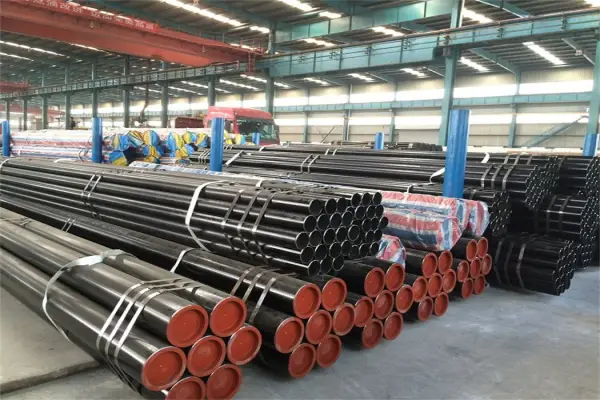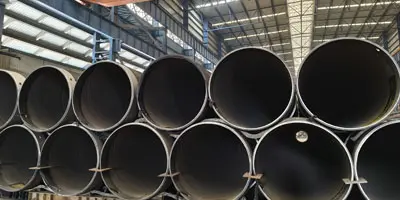In oil
drilling projects, oil casing pipe is a key component, and its quality is directly related to the safety and stability of downhole operations. Therefore, during the production and installation of oil casing pipe, strict testing must be carried out to ensure that it meets industry standards and meets actual application needs. For high-end products such as oil
casing pipe, there are often many tests involved in its production and installation process. The main purpose of these tests is to ensure the quality and safety of oil casing and tubing. However, there are few detailed analyses of oil casing pipe detection technology. In order to help everyone better understand its detection process and methods, we will introduce the common detection methods of oil casing pipe in detail.
What are the detection methods of oil casing pipe? Let's take a brief look:
1. Ultrasonic detection
When ultrasonic waves are propagated in the material being tested, the acoustic properties of the material and the changes in the internal structure have a certain impact on the propagation of ultrasonic waves. By detecting the level and situation of the impact of ultrasonic waves, the changes in the function and structure of the material can be understood.
2. Radiographic detection
Radiographic detection uses the difference in the amount of radiation transmitted through the normal part and the defective part to form the discrimination of the blackness on the film.
3. Penetrant testing
Penetrant testing uses the capillary action of liquid to penetrate the open defects on the surface of solid materials, and then absorbs the penetrant liquid to the surface through the developer to show the existence of defects. Penetrant testing is suitable for various metal and ceramic workpieces, and the time from penetration operation to defect display is relatively short, usually about half an hour. It can detect surface fatigue, stress corrosion and welding cracks, and can directly measure the size of cracks.
4. Magnetic particle testing
Magnetic particle testing uses the leakage of magnetic particles at the defects to absorb magnetic particles and form magnetic traces to provide defect display. It can detect surface and sub-surface defects. The nature of the defects is easy to distinguish, and the paint and electroplating surface do not affect the detection accuracy.
5. Eddy current testing
Eddy current testing mainly uses the eddy current induced by the ferromagnetic coil in the workpiece to analyze the quality of the workpiece. It can detect surface and near-surface defects of various conductive materials. The usual parameter control is complicated, the detection results are difficult to explain, and the detection object must be a conductive crack, and the defect length can be measured indirectly.
6. Magnetic flux leakage detection
Magnetic flux leakage detection of oil casing and tubing is based on the high magnetic permeability characteristics of ferromagnetic materials. It detects the quality of in-service oil casing and tubing by measuring the change in magnetic permeability caused by defects in ferromagnetic materials.
7. Magnetic impression detection
Magnetic impression detection is derived from the relationship between the physical nature of the magnetic phenomenon of metals and the dislocation process. It has many advantages such as high utilization rate, low cost, and no need for polishing. It has important and ordinary application prospects in the industry.

Why is oil casing pipe detection so important?
The working environment of oil casing pipe is extremely harsh and needs to withstand multiple tests such as high temperature, high pressure, corrosion, mechanical stress and formation stress. If the casing pipe has defects such as cracks, welding defects, uneven wall thickness or corrosion damage, it may cause well collapse, blowout or even more serious accidents. Therefore, comprehensive detection methods are necessary to ensure the quality of oil casing pipe, extend its service life and reduce safety hazards.
Conclusion
The detection technology of oil casing pipe is crucial and directly affects the safety and efficiency of oilfield exploitation. Through ultrasonic, X-ray, magnetic powder, eddy current, magnetic flux leakage, magnetic impression and other detection methods, potential defects can be effectively found to ensure that the oil casing pipe meets industry standards and meets the harsh use environment.
When choosing a suitable oil casing pipe supplier, it is recommended to pay attention to its detection capabilities, quality certification and technical strength to ensure that the purchased products have been strictly tested and meet the requirements of
API 5CT and other standards. If you need to consult or purchase high-quality oil
casing and tubing, please
contact us!






 English
English Español
Español بالعربية
بالعربية











 Phone :
Phone :  Whatsapp :
Whatsapp :  Email :
Email : 


